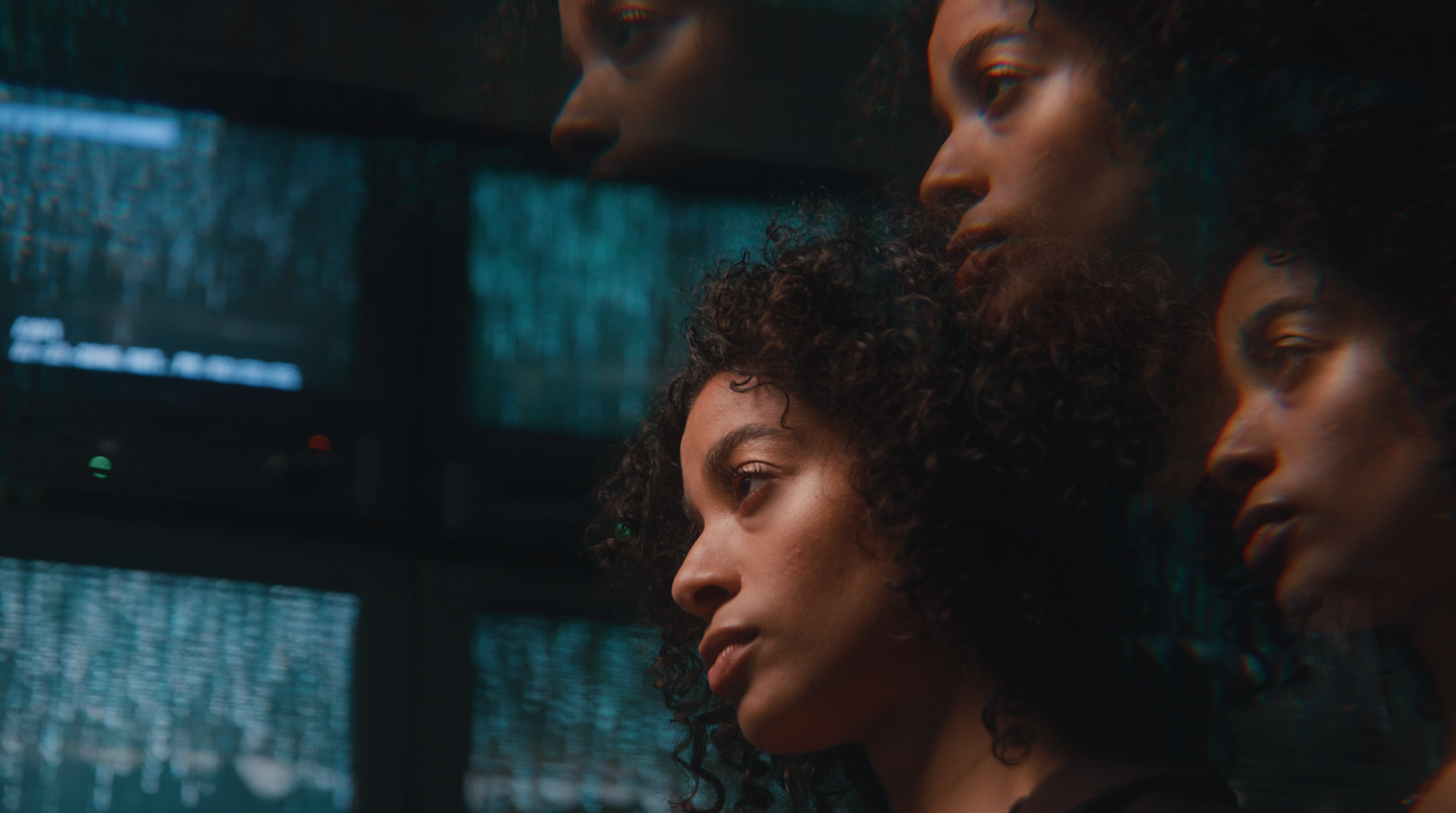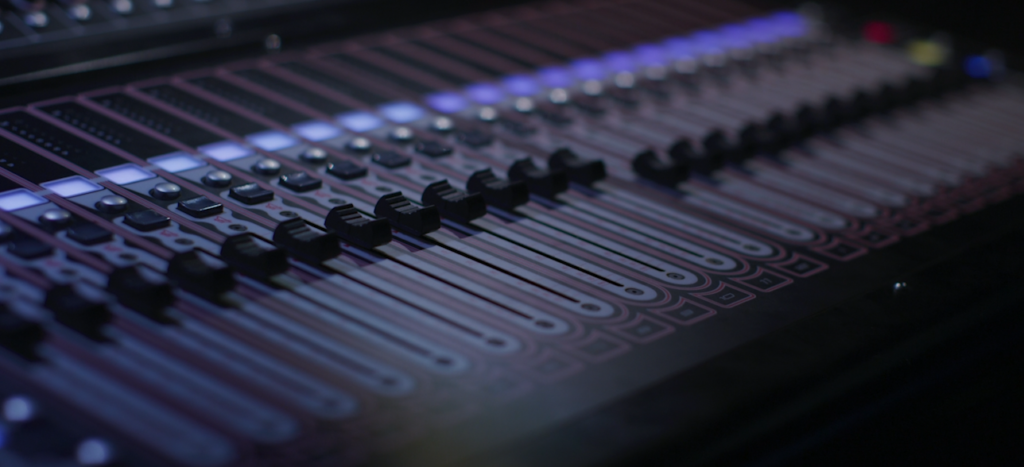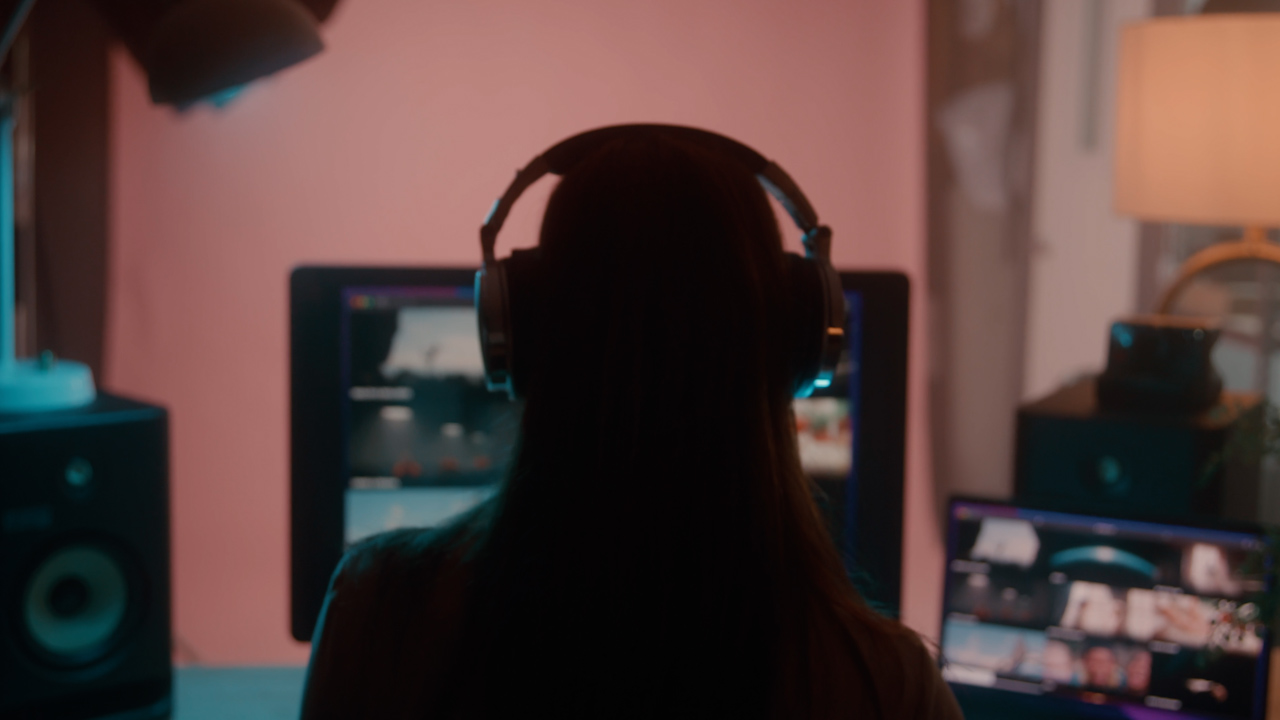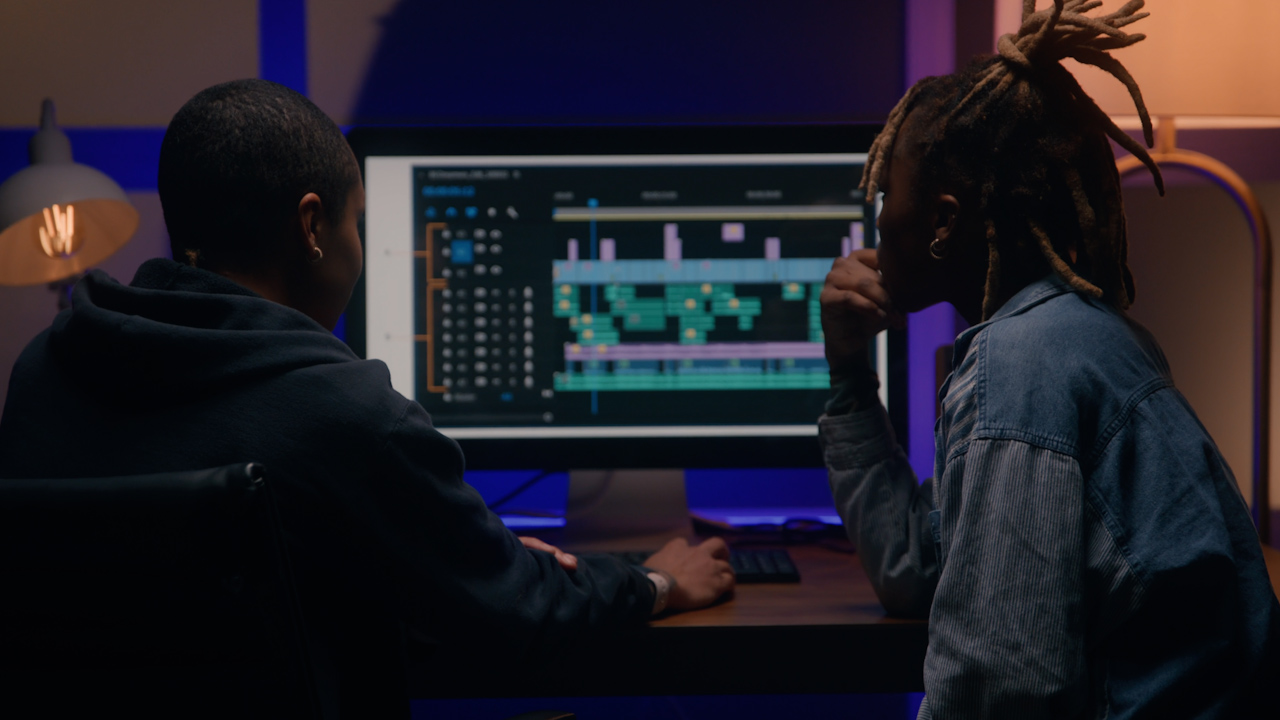
The Filmpac Ad Challenge
We know you work hard at your craft, and we want to invite you (yes YOU) to show us what you've got in our 10-day Ad Challenge!
Continue ReadingEvery video creator has heard the word, “Reverb” at some point in their career. But many don’t fully understand what it is, how it works, and when to use it.
In simple terms, reverb (short for reverberation) is a collection of reflections created by a sound wave when it occurs in a space (basically, anywhere except a true vacuum). The sound’s waves reflect off of surfaces in this space, eventually fading out into nothing.
Virtually every sound we hear in the real world has analog reverb, even if it’s just a tiny, almost undetectable amount. This is because true sonic vacuums do not naturally exist (except in outer space), so there are always surfaces for sounds to reflect off of before they reach our ears.

A listener will hear these reflections at different times, which results in the effect we know as reverb. Depending on the size and type of space, as well as the position of the listener and the loudness of the source, reverbs can have very different sounds.

When it comes to video (and music production, particularly with vocals), digital reverb (created with an algorithm) is an extremely versatile tool when it comes to sweetening your audio. You can use a subtle amount on ambiences, effects, and foley to add depth, and help the sounds fit better with music and dialogue.
There are lots of different types of reverb, all of which can be tweaked to have different characteristics, and have different uses in video editing.
Try adding a small amount of a medium decay room reverb to your natural production sounds in the edit. This will add ambiance and soften them just a little bit, and can also help make thin camera audio sound much fuller and more immersive.
You can also use a little bit of medium plate reverb or spring reverb (commonly used in music on electric guitar amps) on cinematic sound effects to add some emphasis to those sounds, or you can use delay and a larger hall reverb (designed to mimic a concert hall) to create an echo effect.
Or, you can use more dramatic reverb settings for effect, such as to convey a sense of space or to create dreamlike flashbacks. Hall and chamber reverbs work best for these effects.
You can play around with reverb effects and parameters such as the decay times, pre-delay, early reflections, delay time, reverb tail, and overall wet and dry signal mix to really shape your reverb sound.

Best of all, almost every piece of editing software and DAW has plenty of built-in reverb plugin options, so you can dive in and start experimenting with this important audio effect, and make your audio sound like the pros.
Kevin is the Creative Director at Filmpac.

We know you work hard at your craft, and we want to invite you (yes YOU) to show us what you've got in our 10-day Ad Challenge!
Continue Reading
When it comes to professional video editing in the 2020s, two powerful software options stand out: Adobe Premiere Pro vs. DaVinci Resolve.
Continue Reading
As content creators, the computers we use to edit our videos are just as important as the cameras we use to film. Here are our favorites.
Continue Reading
By far, the two most common frame rates in modern American video editing and production are 24fps and 29.97fps. Here's the difference.
Continue Reading
Filmpac’s newly-designed Project Feature is a powerful tool for collaborative video editing. Here’s a quick rundown of how it works.
Continue Reading

One of the most difficult parts of being a professional filmmaker is effectively managing and budgeting your time.
Continue Reading
Want to make money selling footage through a major stock footage platform like Filmpac? This page will walk you through the processs.
Continue Reading